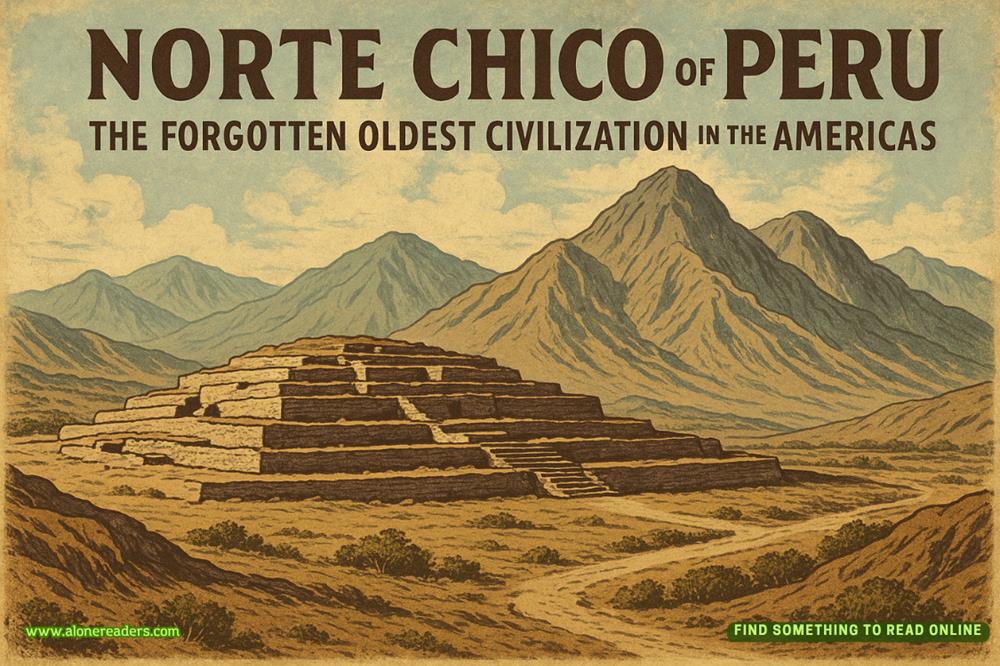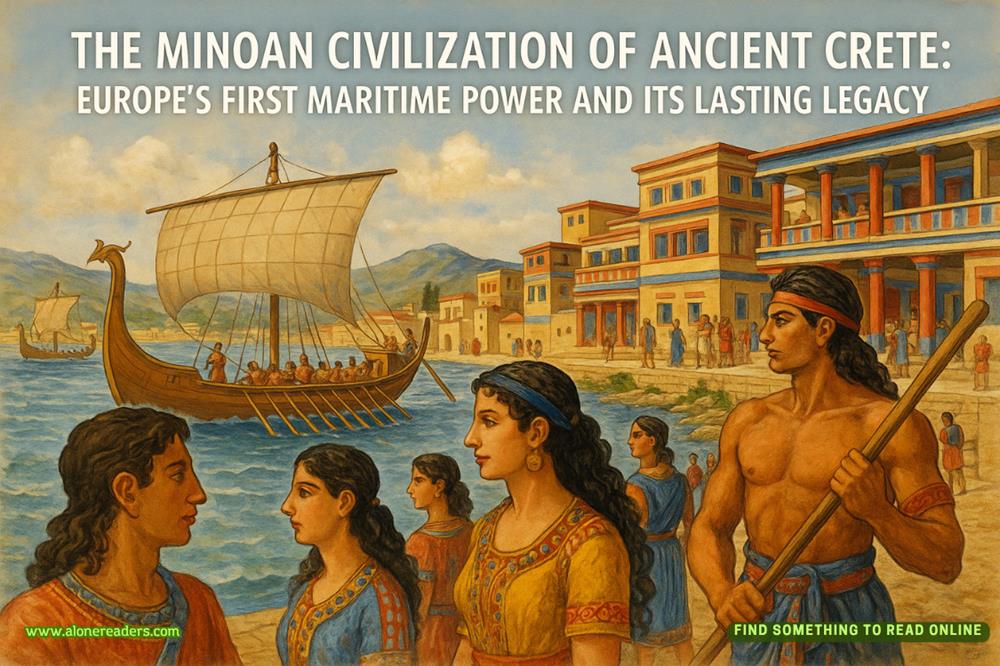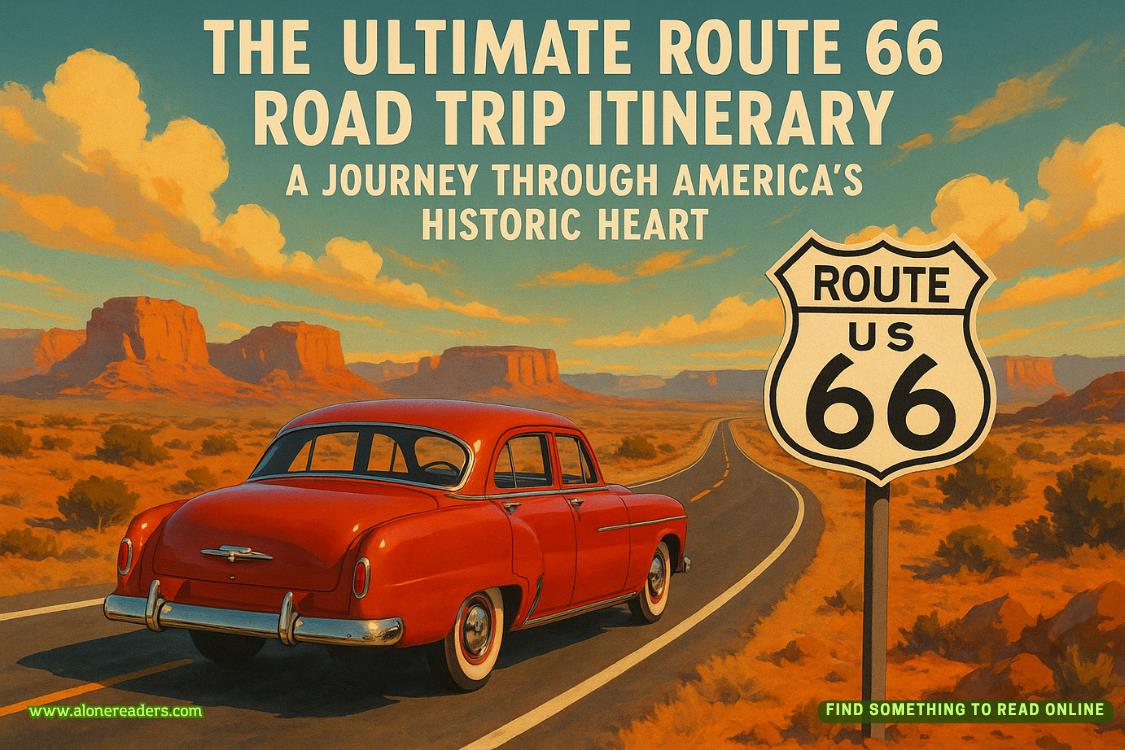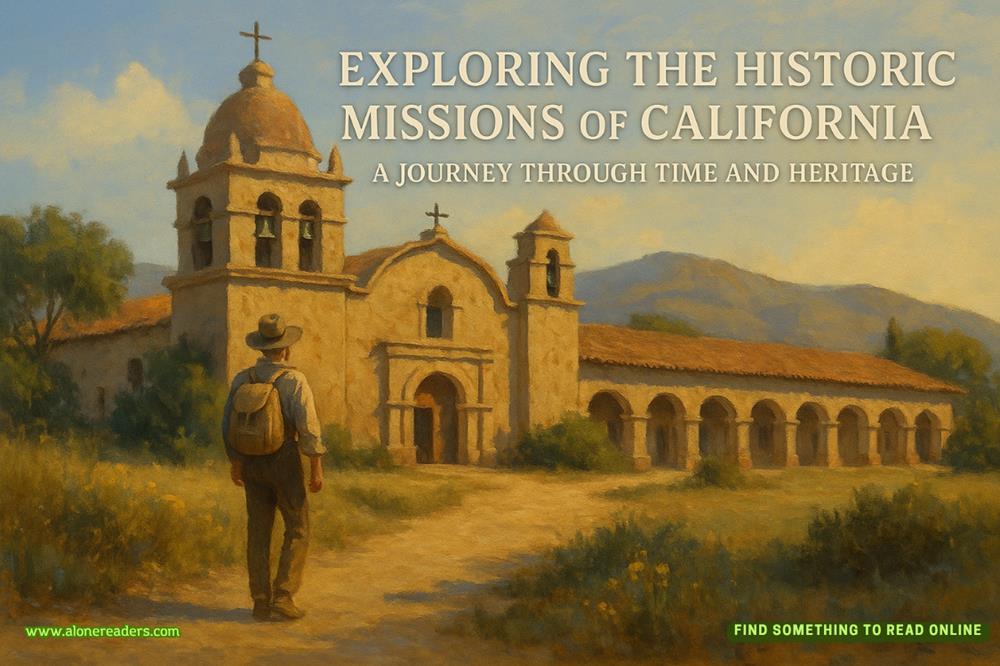Page 5 of With a Vengeance
A porter was summoned. One whose smile faltered slightly as he took Judd’s overnight bag and began to lead him to the back of the train. Because of his familiarity with the Phoenix—and because of his preboarding tally—Judd knew exactly what lay both ahead of and behind them. First, naturally, was the locomotive, which had once been his pride and joy. When he saw it for the first time in more than a decade, it felt like being reunited with a long-lost love. He couldn’t help but admire his handiwork. The train, despite running for many years over many more miles, was still a beaut.
Behind the locomotive was the baggage car, followed by two coach cars. Back in the day, the Phoenix had the best coach seats in the country. Wide and comfortable, they reclined farther than most, allowing for easier sleeping on overnight trips.
Because of this, the coach cars were usually the most crowded on the train. That night, though, Judd saw few passengers occupying them. Those who did either gave him a cold stare as he passed or avoided eye contact altogether.
The next car was a sleeper, designed for those who wanted morethan the bare minimum. It consisted of bench seating during the day that got converted into rows of curtained bunks at night. There were even fewer people in that car, which caused a nervous flip-flop in Judd’s stomach. He’d been counting on safety in numbers.
His stomach did another somersault in the lounge, which sat completely empty. While it was nothing fancy, there were normally at least a couple people from the coach and sleeper cars inside stretching their legs or flipping through one of the newspapers and magazines fanned out across the end tables.
“Please keep up, sir,” the porter said when he noticed Judd pausing to take in the vacant room. “We need to get to your room before the train departs.”
Judd quickened his pace, following the porter into the club car, the first of four on the Phoenix devoted to food service. Like the lounge, the club car was also empty, save for a bored-looking cashier manning the counter where coach passengers should have been lined up to buy sandwiches, soda, and beer. With no one to serve, the cashier eyed Judd warily and asked the porter, “You’re taking him through the galley?”
“It’s faster this way,” the porter said before pushing into the galley car, where all food aboard the Phoenix was prepared on-site. But instead of cooking, those inside the galley stood before empty counters and unlit stovetops, as if waiting to be told to begin. None of them looked at Judd and the porter as they carefully picked their way through.
The galley, Judd knew, was the line of demarcation between the haves and the have-nots. After it, the rest of the train was the domain of first-class passengers, starting with the dining car, where passengers who could afford it normally feasted on prime rib, lobster thermidor, beef Wellington, and the Philadelphia Phoenix’s world-famous red velvet cake. When Judd entered with the porter,he saw workers in formal attire setting the tables with white linen, china from Villeroy & Boch, and Chambly silverware.
The extravagance continued in the adjoining first-class lounge. Only top-shelf alcohol sat behind the oak bar, poured into Baccarat crystal glassware. The white-jacketed bartender gave the porter a single nod as he hurried Judd past plush seats and cocktail tables to the rear of the train.
After the lounge came three cars of first-class accommodation, each containing three spacious rooms.A hotel on wheels!,ads proclaimed when the Phoenix first went into service. A boast to be sure, but one that contained some truth, for the rooms on the Phoenix were among the biggest on rails. Judd’s own room boasted a full bed, a swiveled easy chair in addition to a love seat, a closet, and a private bathroom.
The porter pointed it all out before hurrying away so quickly that Judd didn’t even have time to give him a tip. The fifty-cent piece remained gripped in his hand as he surveyed the room. Who, Judd wondered, had summoned him here? When his gaze landed on a vellum card sitting atop the bed’s pillow, he hoped it would provide at least a partial answer. Instead, it was only another invitation.
Your presence is requested at a cocktail reception
in the first-class lounge at 8p.m.
Please be on time.
Judd reached into his jacket for the pocket watch he always carried with him. Snapping it open, he checked the time. Seven o’clock. Right on schedule, the train lurched into motion. And so the mysterious journey began.
Too nervous to wait in his room for longer than fifteen minutes, Judd moved to the narrow hallway, where he now stands. Asthe loose bulb still buzzes in the wall sconce and the snow-dappled sky passes outside the window next to it, Judd thinks about the strangeness of that journey from the front of the train. It seemed both fraught and frantic, almost as if everyone he encountered was eager to leave.
As for the first-class cars, he’s seen or heard no one since the porter’s abrupt departure—a realization that roils Judd’s already dyspeptic stomach. While certainly not the most crowded part of the train, he expected to seesomeoneelse around, even if it was only a conductor making sure no one from coach snuck into the train’s more elegant back half.
He turns to his left, facing the entrance to the observation car at the very back of the train.
A sleek cylinder of glass and steel, it boasts floor-to-ceiling windows that offer a panoramic view of the passing scenery. Overhead is a glass window that provides an equally grand view of the sky. One journalist aboard the Phoenix’s maiden journey had likened the observation car to “being in a fantastical spaceship where the outdoors feel like they’re indoors and nothing but thin panes of glass separate you from earth and sky.”
The observation car delighted those who could afford access to it, and over the years it had attained an almost mythical status. It was even rumored that Clark Gable and Carole Lombard, riding the Phoenix to a Chicago movie premiere in 1940, became so enamored with the observation car that they asked to spend the night there.
Because of its popularity, Judd assumes the observation car will be the place to spot a fellow passenger. But when he peeks inside, he sees that it, too, is empty.
Odd.
And, Judd has to admit, more than a little unnerving.
Through the observation car’s yawning windows, he sees theoutskirts of the city. Dingy one-story homes, empty factories with broken windows, crooked fences with gaps in the pickets. He’d grown up in a place just like this, his family crammed into a shotgun shack so close to the tracks that the whole house shook when a train rumbled past. As a boy, he stared out the window as they went by, marveling at how those iron behemoths could be propelled over a set of rails by something as simple as steam and human ingenuity. He wondered about the men who made it happen. He wondered what it felt like to harness such power.
Judd eventually learned, building and tinkering first in his backyard, then in a garage when his family moved to a slightly bigger house. His education continued at a series of factories similar to the ones zipping by the observation car in decrepit streaks. Despite never having gone to college, he was a smart young man. A quick learner, too, and not just about train engines. He was a whiz at chemistry, math, even magic, using his long, narrow fingers to perform sleights of hand that amazed his co-workers. Ultimately, he got a job at the Union Atlantic Railroad, doing well enough to catch the eye of its owner, Arthur Matheson.
The two hit it off immediately. They were, Judd liked to think, cut from the same cloth. Just two big kids playing with the ultimate model train, eager to make it bigger, faster, stronger. Not to mention sleeker.
“I want a train that looks and moves like liquid mercury,” Art told Judd one day over lunch. “Think you can make that happen?”
“Yeah,” Judd replied. “I think I can.”
And he did.















